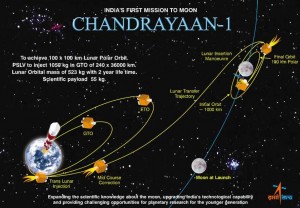Intelligence comes from the Latin verb “intellegere”, which means “to understand”. By this rationale, intelligence is arguably different from being “smart”. It is a property of the mind that encompasses many related abilities, such as the capacities to reason, to plan, to solve problems, to think abstractly, to comprehend ideas, to use language, and to learn. We are used to thinking of humans as occupying the sole pinnacle of evolutionary intelligence. That’s where we’re wrong.
New research suggest that evolution of Intelligence is more complex than once thought:
Despite cartoons you may have seen showing a straight line of fish emerging on land to become primates and then humans, evolution is not so linear. The brains of other animals are not merely previous stages that led directly to human intelligence.
Instead — as is the case with many traits—complex brains and sophisticated cognition have arisen multiple times in independent lineages of animals during the earth’s evolutionary history.
With this new understanding comes a new appreciation for intelligence in its many forms. So-called lower animals, such as fish, reptiles and birds, display a startling array of cognitive capabilities. Goldfish, for instance, have shown they can negotiate watery mazes similar to the way rats do in intelligence tests in the lab.




